Lip Augmentation in Hong Kong
Search and Compare the Best Clinics and Doctors at the Lowest Prices for Lip Augmentation in Hong Kong
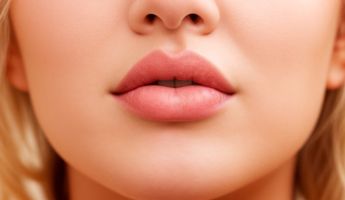
Find the best clinics for Lip Augmentation in Hong Kong
No clinics available
Egypt offers the best prices Worldwide
Price: $ 74

- Home
- Hong Kong
Compare Before & After Photos of _procedure_photos.phpLip Augmentation
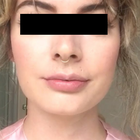

Front view
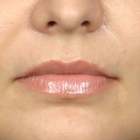
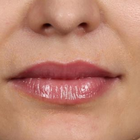
Front view
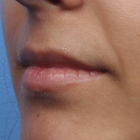
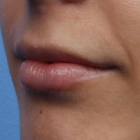
Half-side view
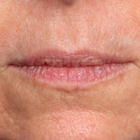
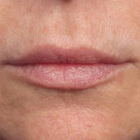
Front view
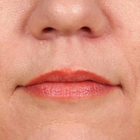
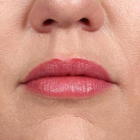
Front view
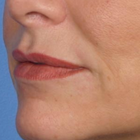
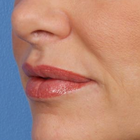
Half-side view
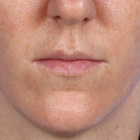
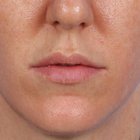
Front view
WHY US?
At Medijump, we're making medical easy. You can search, compare, discuss, and book your medical all in one place. We open the door to the best medical providers worldwide, saving you time and energy along the way, and it's all for FREE, no hidden fees, and no price markups guaranteed. So what are you waiting for?

Free

Best Price

Widest Selection

Risk-Free
What you need to know about Lip Augmentation in Hong Kong
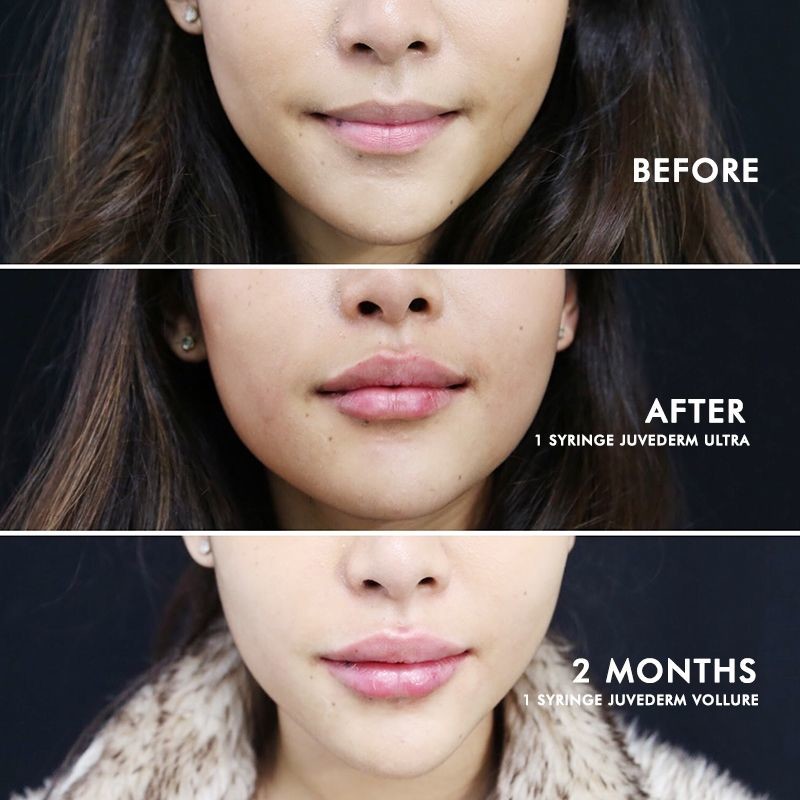
Also known as a Lip Enhancement, Lip Augmentation is a surgical procedure aimed at improving the fullness and appearance of the lips by enlarging them. There are two main types of lip augmentation: filler injections and implants. Simple filler injections can be used for short-term effects, whilst implants offer a more long-term solution to less defined or naturally thin lips.
Today, lip filler is the more popular type. Whether you want fuller lips with more volume or to balance your lip shape, dermal fillers can help you get the lips you've always wanted. If you are worried about lines around the lip area and notice your lipstick ‘bleeding’ into these lines, often having lip filler injected can help to soften these fine lines as well.
It's important to have realistic expectations about the outcome. Enhanced lips may make your lips plumper and fuller, but you will still be you when you walk out of the doctor's office. Click the image to see more Before and After photos.
Your doctor can discuss with you the pros and cons of your lip augmentation options and help you decide which technique or product is best for you.
What does a Lip Augmentation Procedure Involve?
Lip Augmentation with Implants
Before you undergo a lip implant procedure, your doctor will determine what size of lip implant would be best for you. During the procedure, your doctor sterilizes the skin around the surgical area. Then the lips are anesthetized with local anesthesia. Your doctor will make an incision in each corner of your mouth. Then, a tunnel in your lip is created using an instrument known as a curved alligator clamp. The implant is grasped into the lip tunnel and positioned underneath the lip fat above the lip muscles. The last step is closing the incisions with absorbable sutures. The implants are usually made of soft, pliable silicone rubber or biodegradable substance. Lip implants offer a semi-permanent lip enhancement for people who want a more lasting solution with minimal maintenance. The benefit of lip implants is the results that can last for many years.
Lip Augmentation with Fillers
During a lip filler injection, a topical anesthetic will be applied to your lips so you won't feel any pain. Then, a thin needle will be used to inject the lip filler into any or all parts of your lips, including the curve in the center of your upper lip (Cupid's bow), the edges of your lips (vermilion border), and your oral commissures (corners of your mouth).
The amount of lip filler injected depends on how much plumper you want your lips to be. On average, your doctor may insert 1 milliliter of lip filler into your lips.
There are also other methods to perform lip augmentation, including fat grafting, tissue grafting, or local flap grafts. However, they are not commonly performed since they have a greater risk of complications.
How Long Should I Stay in Hong Kong for a Lip Augmentation Procedure?
For lip fillers, the whole treatment takes only 15 to 30 minutes and you may go home straight after the procedure. Lip implants may take longer, at least around 30 minutes. Plan to stay in Hong Kong longer, at least a week or until your doctor says you can travel home.
What's the Recovery Time for Lip Augmentation Procedures in Hong Kong?
For several hours after the procedure, your lips will be numb. You will need a minimum of three days off from work. You should not do any exercise for a few days after filler injections and for a few weeks after lip implants. In general, your recovery can take up to two weeks before you are allowed to go back to your normal routine.
What sort of Aftercare is Required for Lip Augmentation Procedures in Hong Kong?
Following the procedure, you may use ice to ease discomfort and control swelling and avoid using any lipstick or lip products for several days. It is also advised not to eat anything hard at least until you have full sensation in your lips. You can eat plenty of soft foods, such as pudding, oatmeal, yogurt, or anything that does not require chewing. Your doctor may prescribe ointment or cream to put on the treated areas.
What's the Success Rate of Lip Augmentation Procedures in Hong Kong?
Lip augmentation, particularly lip fillers, has a high success rate. Many patients have said that the procedure has boosted their self-image and self-confidence. Remember that you will need to undergo another lip filler injection after six to eight months, or depending on the case, your lip filler may also last for 9 to 12 months. There are several side effects, complications, and risks to be aware of before you undergo lip augmentation.
Side effects of fillers that should only last a few days:
- Bleeding from the injections sites
- Swelling and bruising
- Reactivation of cold sores or fever blisters
- Redness at the site of injections.
If the symptoms above do not subside after a few days, you need to call your doctor. There are also more serious side effects or risks, such as severe and prolonged swelling, lip asymmetry, lumps in the lips, ulceration, allergic reaction, tissue loss, and infection. Call your doctor immediately if you experience any of those symptoms.
To see how lip fillers are applied and the speed at which the procedure can be completed, watch this short video.
Are there Alternatives to Lip Augmentation Procedures in Hong Kong?
If you do not want to undergo implant or filler injections, there are several alternatives. One of the newest alternatives is lip threading, which passes miniature threads or sutures through a small tube to elevate the skin and create tension. You can also opt for topical lip plumper’s, usually in the form of lip gloss made with either hyaluronic acid or collagen. It will give you a tingly sensation that causes your lips to swell.
Whilst the information presented here has been accurately sourced and verified by a medical professional for its accuracy, it is still advised to consult with your doctor before pursuing a medical treatment at one of the listed medical providers
No Time?
Tell us what you're looking for and we'll reachout to the top clinics all at once
Enquire Now

Popular Procedures in Hong Kong
Prices Start From $111

Prices Start From $16

Prices Start From $220

Prices Start From $340

Prices Start From $101

Prices Start From $53

Prices Start From $5

Prices Start From $278

Recommended Medical Centers in Hong Kong for procedures similar to Lip Augmentation

- Interpreter services
- Translation service
- Religious facilities
- Medical records transfer
- Medical travel insurance
- Health insurance coordination
- TV in the room
- Safe in the room
- Phone in the room
- Private rooms for patients available

- Interpreter services
- Translation service
- Religious facilities
- Medical records transfer
- Medical travel insurance
- Health insurance coordination
- TV in the room
- Safe in the room
- Phone in the room
- Private rooms for patients available

- Interpreter services
- Translation service
- Religious facilities
- Medical records transfer
- Medical travel insurance
- Health insurance coordination
- TV in the room
- Safe in the room
- Phone in the room
- Private rooms for patients available

- Interpreter services
- Translation service
- Religious facilities
- Medical records transfer
- Medical travel insurance
- Health insurance coordination
- TV in the room
- Safe in the room
- Phone in the room
- Private rooms for patients available
Lip Augmentation in and around Hong Kong
About Hong Kong
The former British colony became a special administrative region of China in 1997, when Britain's 99-year lease of the New Territories, north of Hong Kong Island, expired. Hong Kong is governed under the principle of "one country, two systems", under which China has agreed to give the region a high degree of autonomy and to preserve its economic and social systems for 50 years from the date of the handover.
Hong Kong welcomes an ever-increasing number of medical tourists each year, many of which travel for Lip Augmentation procedures. Hong Kong is a well-established hub for medical tourism, although it is better known for its quality and cutting-edge procedures than for cost.
Popular Parts of Hong Kong
Hong Kong is a blend of a dynamic cultural landscape with an astonishing skyline, glamorous shopping, as well as one of the world’s top culinary destinations.
- Victoria Peak (The Peak) offers the best view of Hong Kong’s modern skyline. It is the highest point on Hong Kong Island and the most visited spots by tourists. You can ride the tram to the top where you will find the Peak Tower and Peak Galleria. The peak is covered by a large park filled with incredible greenery.
- Big Buddha (Tian Tan Buddha Statue) is located in Lantau Island. It is one of the largest Buddha statues and took 12 years to complete. It is the perfect place for tourists who wish to get away from the hustle and bustle of the city. Surrounded by forest and ocean, the statue gives an incredible view. The best way to reach the Buddha is by riding the Ngong Ping Cable car which will take you on a spectacular ride over the forest.
- Wong Tai Sin Temple is one of the most popular temples in Hong Kong. It was named after the famous monk of yore, Wong Tai Sin. It is said that he has the ability to punish evils, heal the wounded, rescue the dying, and grant whatever is requested. The temple is also known as Sik Sik Yuen and has a traditional Chinese temple style.
- Temple Street Night Market is the best night market for tourists. Starting at 6.00 pm, it is the place to go if you want to taste Hong Kong’s street food. You can also find vendors selling gadgets, trinkets, clothing, household goods, jewelry, and traditional Chinese crafts. The place is brimming with atmosphere and it has served as the backdrop to many movies.
- Hong Kong Disneyland is a wonderful world for any Disney lovers. The park is divided into seven lands: Adventureland, Grizzly Gulch, Main Street, Mystic Point, Fantasy Land, Toy Story Land, and Tomorrowland. Here, you will find various adventures, parades, and musicals. In the evening, you can watch the fireworks over the castle.
- Star Ferry is a beloved icon of the city. It is said that your visit to Hong Kong will never be complete without cruising on the famous ferry. You can see the sparkling landscape of the city while enjoying the refreshing breeze.
Weather and Climate in Hong Kong
Hong Kong’s weather is influenced by the monsoon subtropical climate. The temperature is mostly mild all year round. May to September are the warmest months with an average temperature of 33 °C while mid-December to February are the coldest months with the temperature falling to 10 °C. Spring starts from March and ends in early May and the weather during this season is pleasant with many sunny days, but you can also have foggy, rainy, and stormy days.
The summer in Hong Kong is hot and humid with a perpetual threat of rain showers, thunderstorms, and sometimes even typhoons. Summer lasts for around four months from May to September. With August as the wettest month in the city.
The best time to visit Hong Kong is in the autumn, starting from October to early December when the days are generally sunny and the temperatures range from 22 °C to 28 °C. Winter is the holiday season in the city and the average temperature is around 16 °C to 18 °C but it can drop under 10 °C.
Getting Around in Hong Kong
The main gateway to Hong Kong is the Hong Kong International Airport. The airport is built on reclaimed land on the island of Chek Lap Kok and it serves international destinations to almost every major city in the world, including, Dubai, Amsterdam, Seoul, Canada, Singapore, and Sydney. For affordable travel, budget airlines such as AirAsia, Eastar Jet, and IndiGo are available. There are a wide variety of public transport services to and from the airport. The best options are Airport Express, public buses, and taxis.
To get around Hong Kong, it is best to purchase Tourist Day Tickets which gives you unlimited access to the main MTR and certain Rail lines for HK$65. If you are planning to stay longer in the city, the Octopus Card will be a big help. The card is reusable and can be used for almost every public transportation mode and you can buy the card for HK$150.
One of the fastest and easiest ways to get around the city is by the MTR (Mass Transit Railways) and it is one of the most advanced metro systems on the planet. The MTR operates 11 lines from 06.00 am to 01.00 am. The fare ranges from HK$3.6 to HK$52.6 depending on the distance.
The public bus is a great way to explore Hong Kong, especially the south side of the island and the New Territories. Most buses are double-decker and air-conditioned and it is an affordable way to get around the city and the fares will vary based on the distance traveled. Other public transportation modes such as tram and ferry are also available.
If you need a more flexible way of travel, taxis are easy to find and offer excellent value. There are three types of taxis, the red taxis operate throughout the city except for Lantau Island and the fares start at HK$24. The green taxis only operate in the New Territories and the fares start at HK$20.50. The blue taxis serve Lantau Island and the fares start at HK$19.
Tourist Visas in Hong Kong
Citizens of around 170 countries and territories may visit and stay in Hong Kong without a visa for up to 180 days. Other countries not listed in the visa-free entry such as Albania, Armenia, and Cambodia need to apply and obtain a visa before entering the country. All visitors must have a passport valid for at least one to six months beyond the date of entry to Hong Kong. Visitors can apply for a visa from their nearest Chinese embassy or consulate.
Additional Information
- Local Currency: The official currency is the Hong Kong Dollar. US$1 converts to HK$7.78.
- Money & Payments: Tourists can find ATMs almost everywhere, and most ATMs are linked up to international money systems such as Maestro, Cirrus, and Visa Electron. Credit cards are widely accepted. Tipping is generally not expected and restaurants usually add 10% to 15% service charge to your bill.
- Local Language: Most people in Hong Kong speak Chinese (Cantonese and Mandarin). However, English is also widely spoken since it is one of the government official languages.
- Local Culture and Religion: Many people in Hong Kong either follow Buddhism, Confucianism, or Taoism. Christianity is also one of the major religions in the city. Other religions such as Islam, Sikhism, Hinduism, Judaism, and the Bahá'í Faith are also freely practiced.
- Public Holidays: Hong Kong celebrates major religious holidays such as Lunar New Year, Ching Ming Festival, and Christmas.
Popular Searches
- Plastic Surgery in Thailand
- Dental Implants in Thailand
- Hair Transplant in Thailand
- Breast Augmentation Thailand
- Gastric Sleeve in Thailand
- Gender Reassignment Surgery in Thailand
- Laser Hair Removal in Bangkok
- Botox in Bangkok
- Dermatology in Bangkok
- Breast Augmentation in Bangkok
- Coolsculpting in Bangkok
- Veneers in Turkey
- Hair Transplant in Turkey
- Rhinoplasty in Turkey
- Stem Cell Therapy in Mexico
- Rhinoplasty in Mexico
- Liposuction in Mexico
- Coolsculpting in Tijuana
- Rhinoplasty in Korea
- Scar Removal in Korea
- Gastric Sleeve in Turkey
- Bone Marrow Transplant in India
- Invisalign in Malaysia
- Plastic Surgery in the Dominican Republic
- Tummy Tuck in the Dominican Republic
- Plastic and Cosmetic Surgery in Poland
- Rhinoplasty in Poland
- Hair Implant in Poland
- Dental Implants in Poland
- IVF in Turkey